Situated about 500m from the Madikeri bus stand and located on a hillock the imposing fort was built by Mudduraja in 1681. The earthen structure was rebuilt in granite by Tipu Sultan. Mudduraja also built a thatched roof palace here which was renovated in 1814 by Lingarajendra II, and then in 1933 by the British, who added a clock- tower and portico. Nearby are two startlingly life-like masonry elephants. The fort’s Veerabhadra Temple was demolished and a Gothic-style Anglican church built in its place in 1855. The church now houses a museum which displays historic items relating to Kodava life.
About Madikeri Fort
Madikeri Fort has been a popular tourist attraction to witness the lives, rise and fall of several glorious rulers and dynasty. Founded by Mudduraja in the second half of the 17th century and constructed in mud, it finally took shape in granite and has stood testimony to several incidents. It is a coming together of several religions and an amalgamation of different cultures and traditions.
A Fort with a temple, Church, prison, Museum and library is pretty intriguing, especially to history lovers. Different rulers from majestic dynasties have constructed and reconstructed the Fort time and again and used it in a way they felt was justified. Located amidst rolling mountains and lush greenery, one can spend hours inside the Fort looking for artefacts mentioned in the pages of history.
Currently, the Madikeri Deputy Commissioner’s Office is located inside the Fort premises. St. Mark’s Church built during the British regime houses a museum, which contains several interesting items related to history. It showcases a huge portrait of Coorg’s eminent personality Field Marshal K. M. Cariappa, weapons and tools used by the different rulers and the British along with several other interesting objects.
It is one of the best places to visit in Coorg and the beauty and culture of Coorg have been defined in a historical monument, The Madikeri Fort. The two-storied heritage property built by the erstwhile ruler of Kodagu has undergone several changes both structurally and functionally. A Fort built-in mud housing a beautiful Palace, that too made in mud to a Church adorned with stained glass and done up in Gothic style built by the British.
Tipu Sultan further fortified the monument in granite and used it for official and leisurely activities. While the British made a museum adjoining the Church, made further changes and showcased various objects and artefacts used during the different transactions amongst the rulers.
History of Madikeri Fort

The history of Madikeri Fort dates back to the 17th century when the erstwhile king of Coorg, Mudduraja had made Madikeri the capital city of Kodagu. Initially, the fort was built with mud with along with a palace too made with mud inside the fort premises.
The fort has born the brunt of several rulers thus undergoing demolitions and reconstruction time and again over a few centuries. It was also rebuilt by Tipusultan in granite and named the site as Jaffarabad and renamed the fort as Meraca Fort. In 1790 Dodda Vira Rajendra added to the architectural beauty of the Fort and then again by the Britishers in 1834. St. Mark’s Church built in 1859 is housed inside the Fort and has a museum built inhouse.
The Architecture of Madikeri Fort

The colossal Fort built against the backdrop of verdant mountains and an open sky reminisces one of an era bygone. The Fort, constructed in granite has been built in European style with elaborate pillars and checkered floor patterns. The two life-size statues of elephants at the entrance must have stod testimony to several rivalry and wars.
St. Mark’s Church, in glass stained Gothic style replaced the old Vidarbha temple inside the fort also under the British rule. A grand clock tower was strategically placed to the exuberance of the fort in 1933. A sculpture of tortoise, with the name of King Vijayendra, engraved on it sits adorned upon to welcome the history aficionados.
The grand architecture of the fort is not only the pride of the Kodagu region but has also attracted visitors from several parts of the world. The secret labyrinth of alleys and passes inside the fort gives way to mysterious stories associated with them which too must have seen gory and secret stories hidden within the walls.
How to Reach Madikeri Fort

By Rail: The closest railway station to Madikeri is Kannur, which is 113km from Madikeri. One can board a train from Bangalore to reach Kannur within 5-8 hours depending on the train. One has to access the busses run by the State Government to reach Madikeri Fort.
By Road: Most of the travellers prefer a drive down to Madikeri fort in case they are travelling from nearby cities. Madikeri lies on the Karnataka State Highway 88 which is robust and lets good access from all the nearby cities. Madikeri is 252km from Bangalore, 120 km from Mysore and 136 km from Mangalore.
By Bus: Several buses ply between Bangalore and Madikeri covering the distance in close to 7 hours. Mangalore, Mysore, Shimoga, Chikmagalur and other important towns and cities.
Best Time to Visit Madikeri Fort

October to May, as the monsoon subsides the weather gets pleasant and comfortable to explore the Fort at leisure.



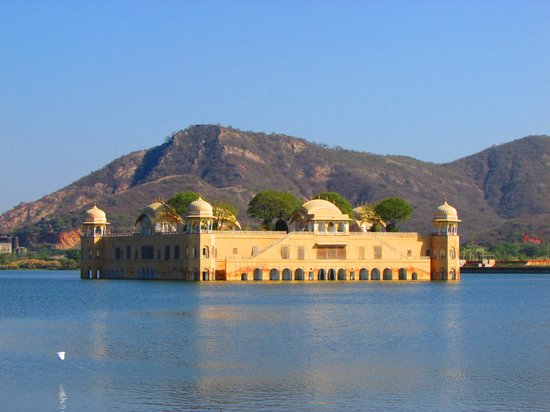
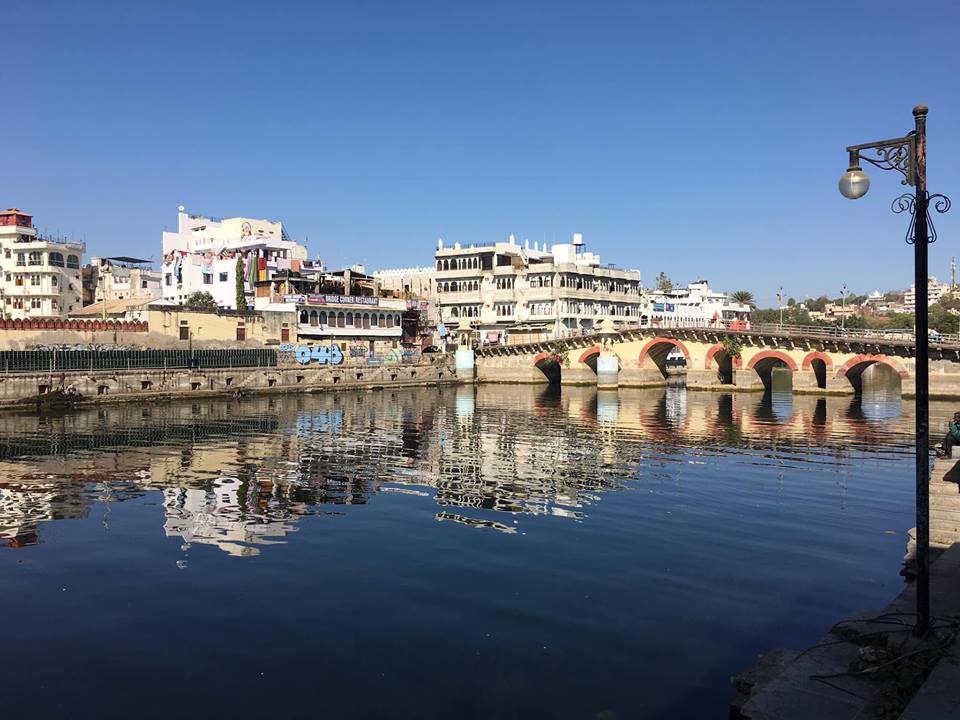
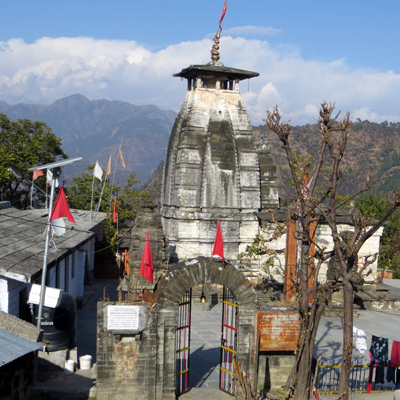

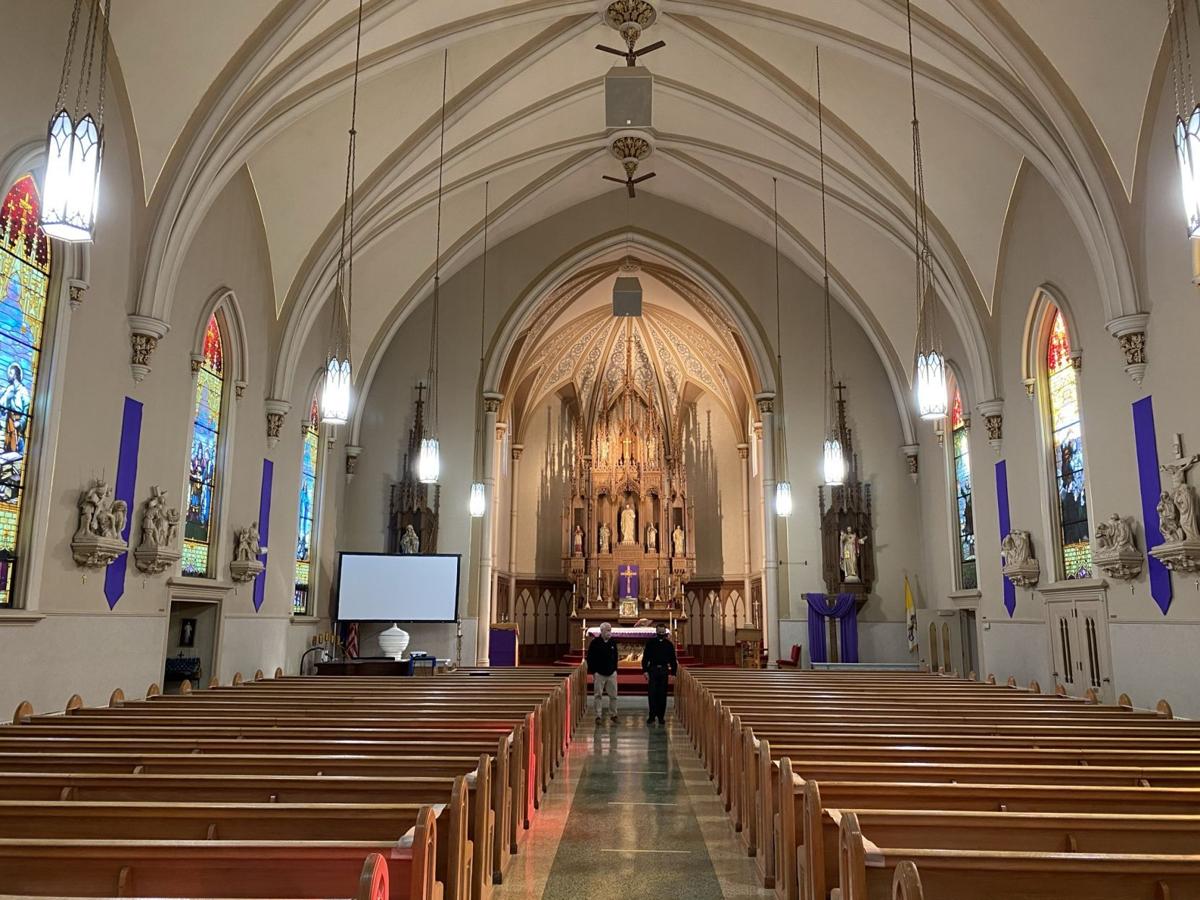

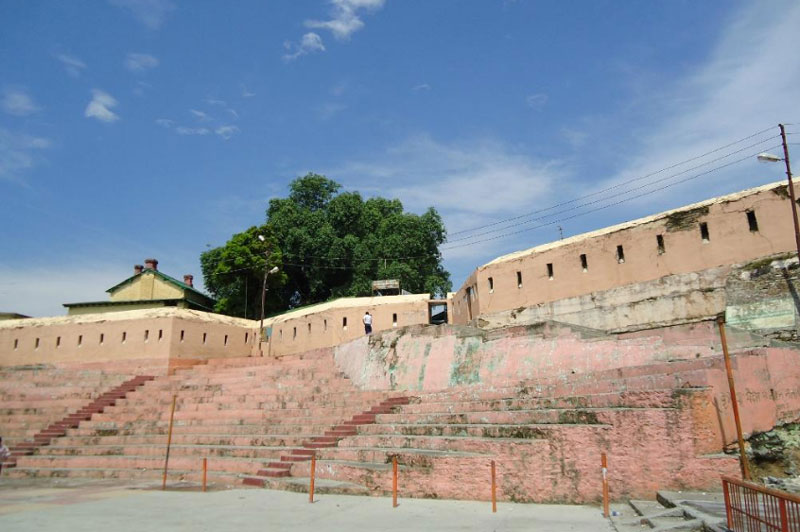



4 Comments
Comments are closed.